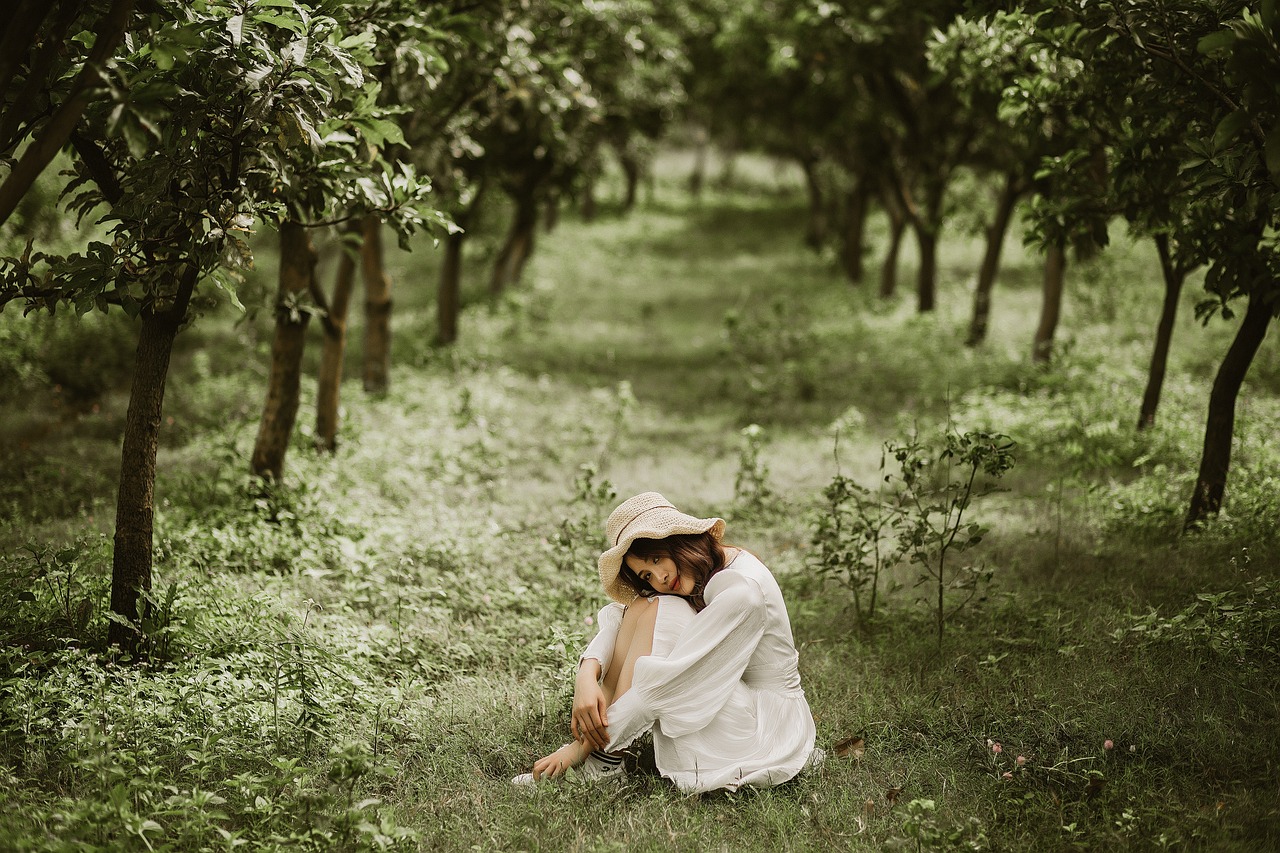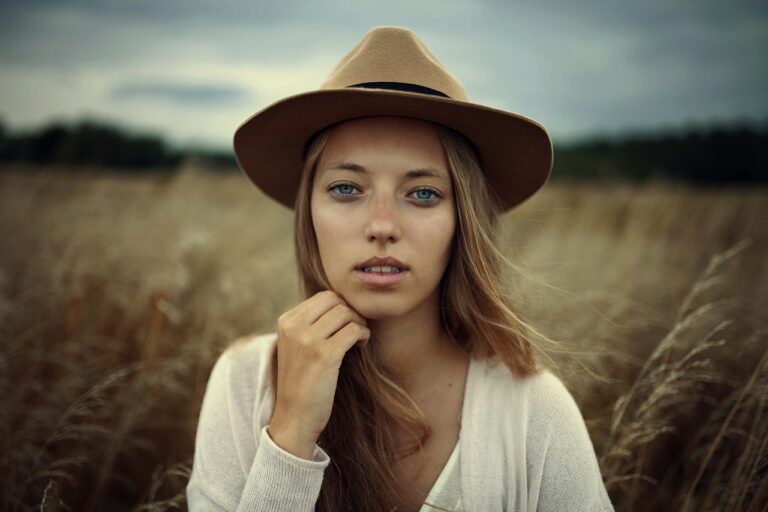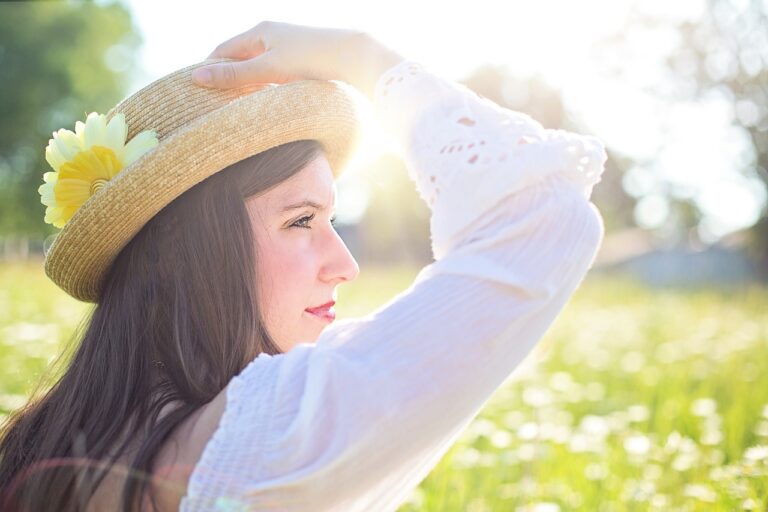The Role of Fashion in Redefining Beauty Standards
Fashion has long played a pivotal role in shaping societal perceptions of beauty. Throughout history, fashion trends have dictated what is considered attractive or desirable, often influencing individuals to conform to specific beauty standards. From the corsets of the Victorian era to the hourglass figure of the 1950s, fashion has consistently defined and redefined ideals of beauty.
In many cultures, beauty standards have been closely tied to fashion trends, with certain physical characteristics being emphasized or suppressed depending on the prevailing styles of the time. For instance, in ancient China, small feet were viewed as the epitome of beauty, leading to the painful practice of foot binding. Similarly, in the Renaissance period, fair skin was highly prized, leading individuals to go to great lengths to achieve a pale complexion through the use of toxic substances like lead-based makeup.
The Evolution of Diversity in Fashion Industry
Diversity in the fashion industry has seen significant progress in recent years, with more representation of various ethnicities, body sizes, and gender identities on runways and in campaigns. This shift towards inclusivity has been driven by growing social awareness and calls for greater representation and acceptance of all individuals.
Fashion brands are increasingly recognizing the importance of catering to a diverse audience and are taking steps to embrace inclusivity in their collections and marketing strategies. By featuring models of different backgrounds and promoting body positivity, these brands are not only celebrating individuality but also resonating with consumers who are seeking authenticity and relatability in the products they purchase.
This shift towards inclusivity has been driven by growing social awareness
Fashion brands are increasingly recognizing the importance of catering to a diverse audience
By featuring models of different backgrounds and promoting body positivity, these brands are celebrating individuality
Embracing inclusivity in collections and marketing strategies resonates with consumers seeking authenticity
The Impact of Body Positivity Movement on Fashion Trends
The body positivity movement has been undoubtedly transforming the fashion industry, bringing about a shift towards more inclusive and diverse representation of body types. In the past, the fashion world primarily showcased a narrow ideal of beauty, often excluding individuals who didn’t fit traditional standards. However, with the rise of the body positivity movement, there has been a noticeable change in the way fashion brands and media portray different body shapes and sizes.
Fashion designers are now embracing diversity and actively challenging the previous notions of beauty by featuring models of various body types on runways and in advertising campaigns. This shift has not only revolutionized the perception of beauty in the industry but has also encouraged a more positive and empowering attitude towards individuality and self-acceptance. As a result, people are increasingly feeling represented and more confident in their own skin, fostering a more inclusive and accepting fashion landscape.
What is the body positivity movement?
The body positivity movement is a social movement advocating for the acceptance of all body types and promoting the idea that everyone is beautiful regardless of size or shape.
How has the fashion industry historically influenced beauty standards?
The fashion industry has played a significant role in shaping beauty standards by promoting certain body types as ideal through advertising, runway shows, and media representation.
How has diversity evolved in the fashion industry over the years?
In recent years, the fashion industry has made strides towards greater diversity by featuring models of different ethnicities, sizes, genders, and abilities in campaigns and on the runway.
What impact has the body positivity movement had on fashion trends?
The body positivity movement has led to a shift in the fashion industry towards more inclusive and diverse representations of beauty, resulting in an increase in size-inclusive clothing lines and a greater emphasis on self-love and acceptance.





